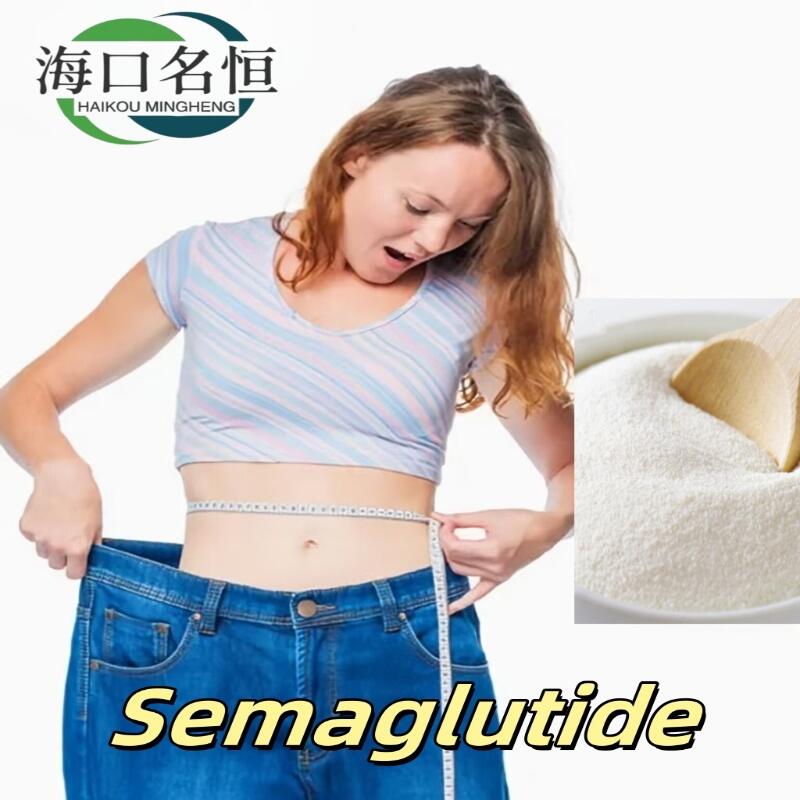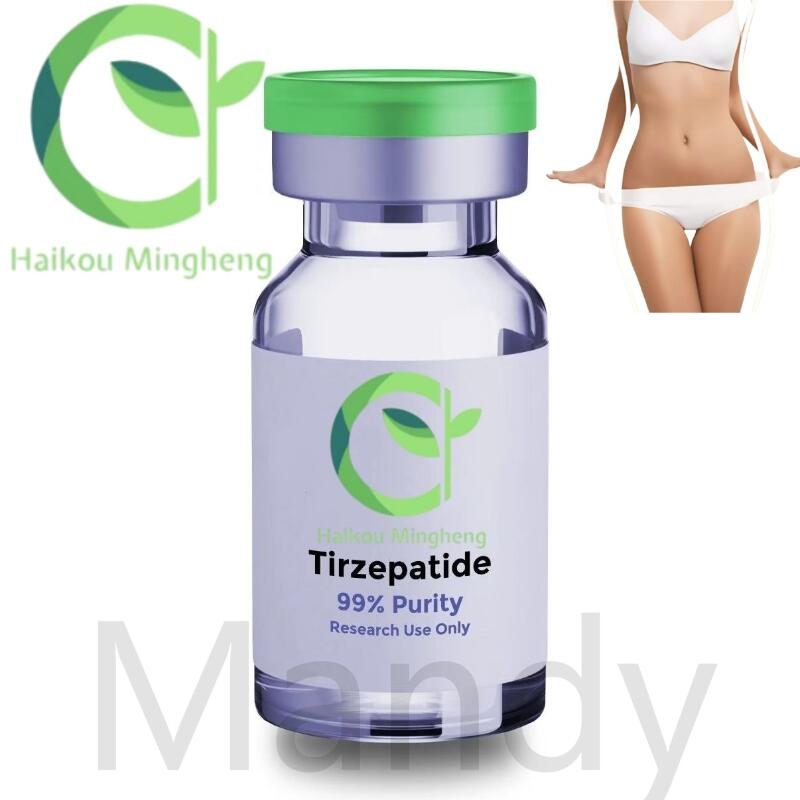-
Categories
-
Pharmaceutical Intermediates
-
Active Pharmaceutical Ingredients
-
Food Additives
- Industrial Coatings
- Agrochemicals
- Dyes and Pigments
- Surfactant
- Flavors and Fragrances
- Chemical Reagents
- Catalyst and Auxiliary
- Natural Products
- Inorganic Chemistry
-
Organic Chemistry
-
Biochemical Engineering
- Analytical Chemistry
-
Cosmetic Ingredient
- Water Treatment Chemical
-
Pharmaceutical Intermediates
Promotion
ECHEMI Mall
Wholesale
Weekly Price
Exhibition
News
-
Trade Service
The chemical industry plays a crucial role in the production of various products that we use in our daily lives.
One such product is Carbetocin Acetate, which is used as an intermediate in the production of various drugs and pharmaceuticals.
In this article, we will discuss the upstream and downstream products of Carbetocin Acetate.
Upstream Products
The upstream products of Carbetocin Acetate are the raw materials required for its production.
The main raw material used in the production of Carbetocin Acetate is progesterone, which is derived from the ovaries of pregnant women or from the testicles of animals.
Progesterone is extracted and purified to obtain pure progesterone, which is then used as an intermediate in the production of Carbetocin Acetate.
Other upstream products required for the production of Carbetocin Acetate include solvents, catalysts, and other chemicals required for the synthesis of the drug.
These upstream products are usually sourced from chemical manufacturers and suppliers who specialize in the production of these materials.
Downstream Products
The downstream products of Carbetocin Acetate are the finished products that are produced using the drug as an intermediate.
Carbetocin Acetate is used in the production of various drugs and pharmaceuticals, including hormone replacement therapy drugs, contraceptives, and drugs used to treat infertility.
One of the most common downstream products of Carbetocin Acetate is the contraceptive drug, Norplant.
Norplant is a long-acting contraceptive that is implanted in a woman's arm and releases a steady stream of progesterone into the body to prevent pregnancy.
Carbetocin Acetate is used in the production of Norplant, as it is a more expensive and effective alternative to progesterone.
Another downstream product of Carbetocin Acetate is the hormone replacement therapy drug, Premarin.
Premarin is used to treat symptoms of menopause, such as hot flashes and vaginal dryness.
Carbetocin Acetate is used in the production of Premarin, as it is a more affordable alternative to natural estrogen.
Carbetocin Acetate is also used in the production of drugs used to treat infertility.
These drugs work by stimulating ovulation in women who are having difficulty conceiving.
Market and Production
The market for Carbetocin Acetate and its downstream products is expected to grow at a steady pace over the next few years, driven by the increasing demand for contraceptives, hormone replacement therapy drugs, and drugs used to treat infertility.
The increasing awareness of women's health and the need for affordable and effective drugs is also expected to drive the market for these products.
The production of Carbetocin Acetate involves several steps, including synthesis, purification, and formulation.
The synthesis of Carbetocin Acetate involves the reaction of progesterone with acetic anhydride in the presence of an acid catalyst.
The resulting product is then purified and formulated into the desired downstream products.
Chemical companies that produce Carbetocin Acetate and its intermediates must comply with strict regulations and guidelines set by the Food and Drug Administration (FDA) and other regulatory bodies.
The quality and purity of the final product must be maintained at all times to ensure the safety and effectiveness of the drug.
Conclusion
Carbetocin Acetate is an important intermediate in the production of various drugs and pharmaceuticals.
The upstream products required for its production include pure progesterone and other chemicals, while the downstream products include hormone replacement therapy drugs, contraceptives, and drugs used to treat infertility.
The market for these products is expected to grow







